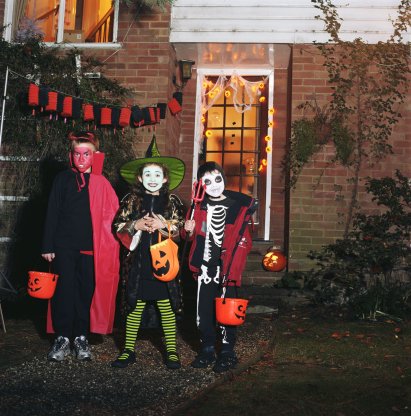 Deprisa, deprisa, los turistas atraviesan la calle Cister para ir del Museo Picasso a la Alcazaba sin dejar atrás la Catedral. Algunos de ellos –y muy pocos malagueños- reparan en una pequeña bocacalle que cierra una iglesia presidida por la imagen de Santa Ana y la Virgen Niña. Pero con sus prisas no dan el paso para entrar en un pequeño Museo –el Museo de Arte Sacro de la Abadía Cisterciense de Santa Ana- y se pierden una colección de obras de arte de gran interés y de particular encanto. Unas obras que, además, han sido expuestas con especial sensibilidad y que pueden verse prácticamente en soledad. Se trata de una Iglesia y un Museo, además, donde habita de algún modo el espíritu del gran imaginero Pedro de Mena (1628-1688). No en vano su taller estaba en la cercana calle Afligidos, en el convento profesaron sus hijas como monjas de la Orden del Cister y él mismo está enterrado en la Iglesia.
Deprisa, deprisa, los turistas atraviesan la calle Cister para ir del Museo Picasso a la Alcazaba sin dejar atrás la Catedral. Algunos de ellos –y muy pocos malagueños- reparan en una pequeña bocacalle que cierra una iglesia presidida por la imagen de Santa Ana y la Virgen Niña. Pero con sus prisas no dan el paso para entrar en un pequeño Museo –el Museo de Arte Sacro de la Abadía Cisterciense de Santa Ana- y se pierden una colección de obras de arte de gran interés y de particular encanto. Unas obras que, además, han sido expuestas con especial sensibilidad y que pueden verse prácticamente en soledad. Se trata de una Iglesia y un Museo, además, donde habita de algún modo el espíritu del gran imaginero Pedro de Mena (1628-1688). No en vano su taller estaba en la cercana calle Afligidos, en el convento profesaron sus hijas como monjas de la Orden del Cister y él mismo está enterrado en la Iglesia. El Museo se estructura en torno a cuatro salas y en cada una de ellas hay algunas obras de especial relevancia. En la primera, dedicada a la historia del Cister, os recomiendo os fijéis en la singularidad de la Virgen Abadesa entronizada y en la Inmaculada del propio Pedro de Mena que sigue aquí el modelo de Alonso Cano.
En la segunda hay que detenerse en la imagen más antigua que se conserva en la provincia, la Virgen de los Peligros y Buen Suceso –siglo XIII. Los amigos de la Semana Santa quedarán encantados con la túnica del siglo XVIII del Cristo del Despedimiento y, sobre todo, con el terno original del Señor de la Pollinica, que tienen a su lado los arreos del animal. Impresionan también los bustos del Ecce-Homo y la Dolorosa que Pedro de Mena esculpió para su capilla funeraria. Pero os resultará particularmente insólita la colección de Cartas de Profesión, magníficamente pintadas con diversos motivos e imágenes, que entregaban las monjas al hacer sus votos. El nombre de la sala hace honor a todo lo que se expone: Imágenes del Barroco.
En la sala tercera –Intimidad y Clausura- os impresionará la talla de San Miguel Arcángel de Fernando de Ortiz, afamado escultor del siglo XVIII, y la exposición de miniaturas, especialmente los llamados escaparates, que constituyen toda una colección de arte doméstico.
Finalmente, la cuarta sala, denominada Sueño de vida y muerte, está dedicada a una inusual colección de Niños de Pasión, imágenes de un Niño Jesús que ya desde su infancia quiere adelantar el destino que le esperaba en la cruz y, por ello, como imágenes propias del barroco, se acompañan de los símbolos del martirio. Fijaros especialmente en el popular Niño Jesús de la Espina.
Y es que el arte, también en Málaga, nos espera a la vuelta de la esquina.







